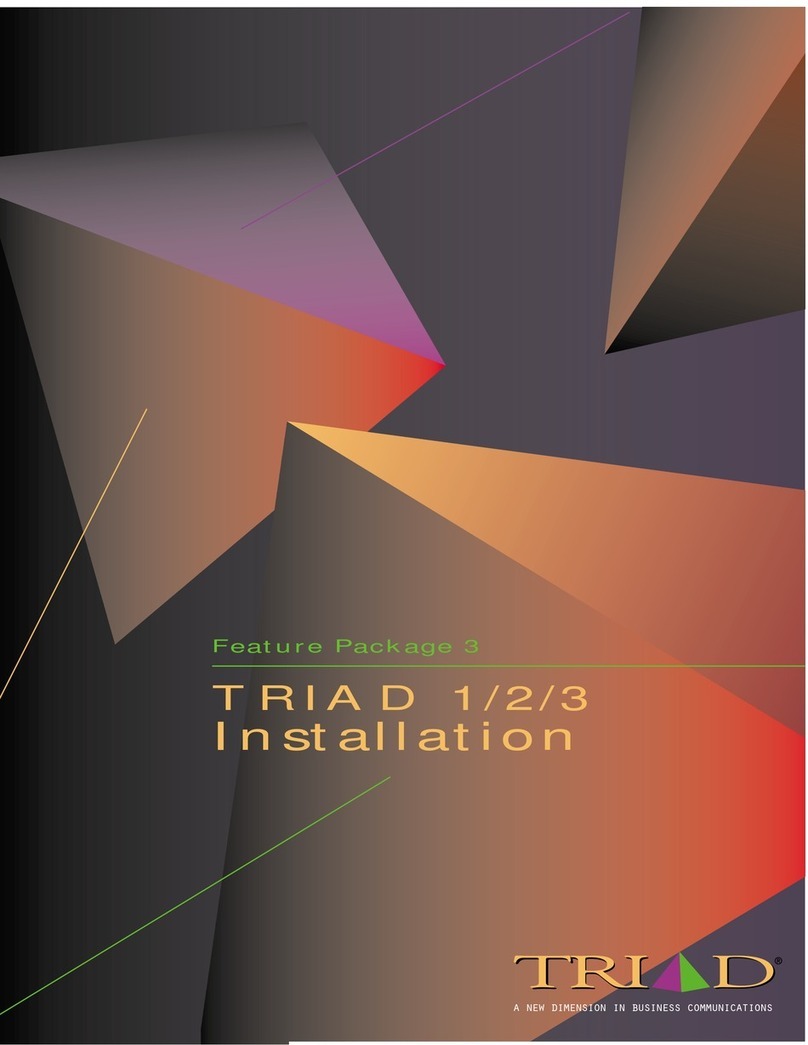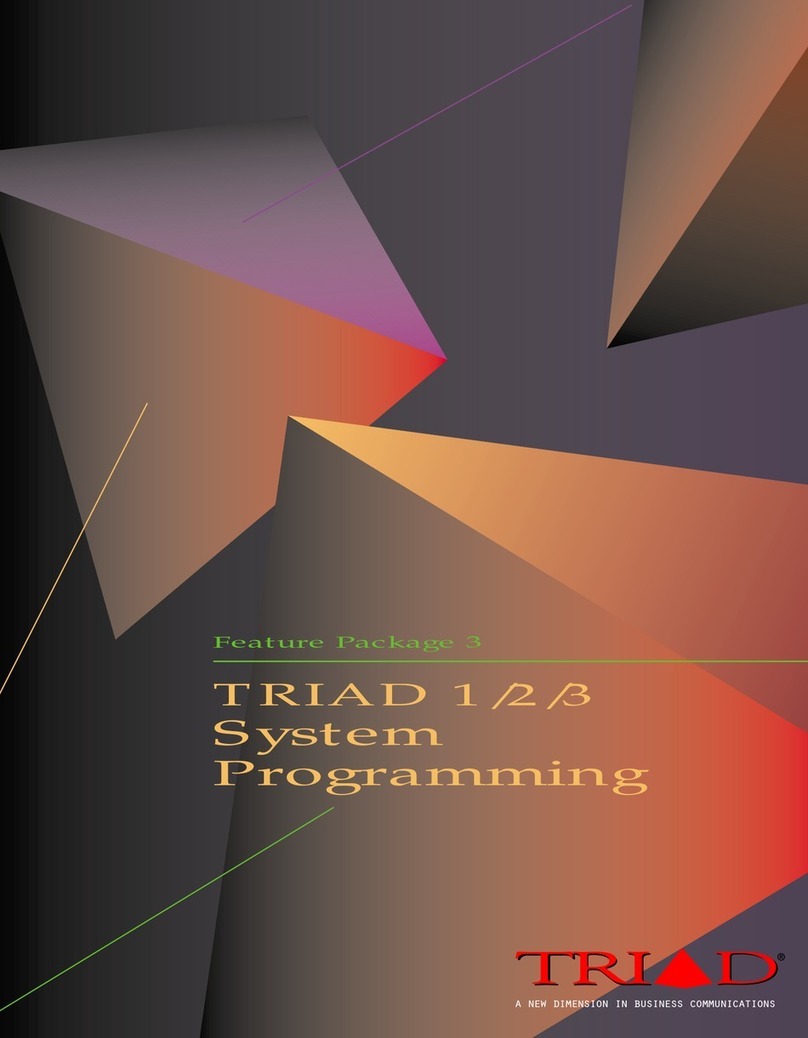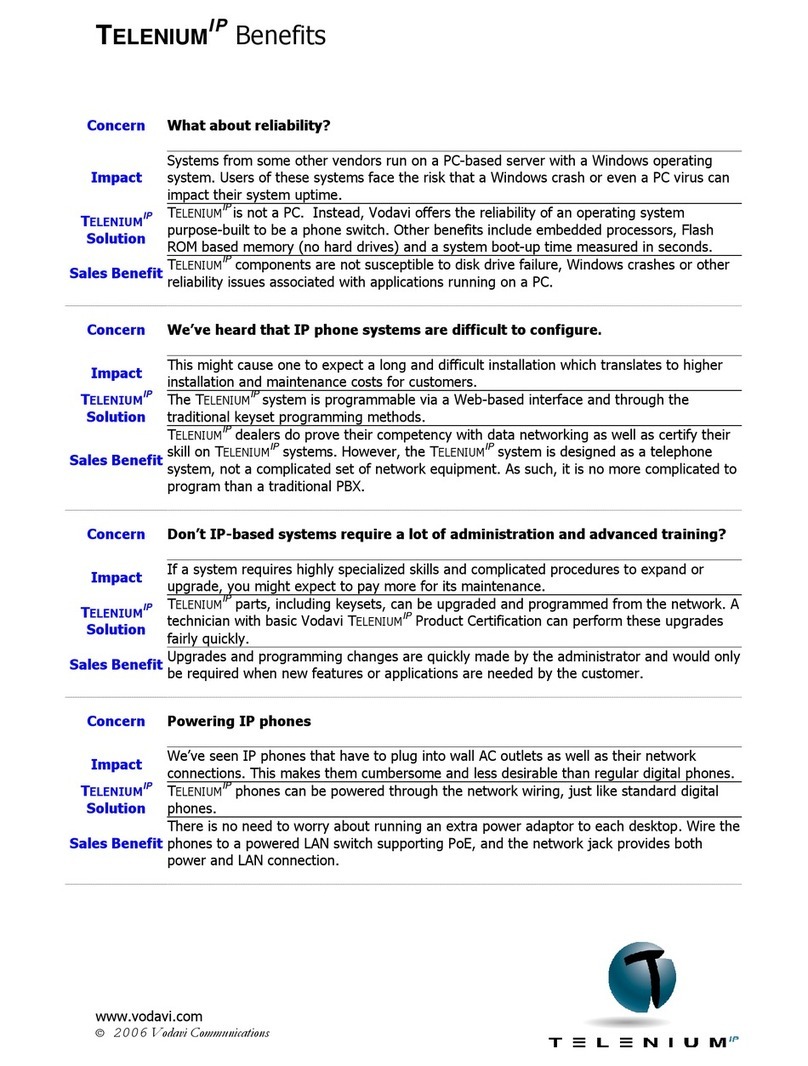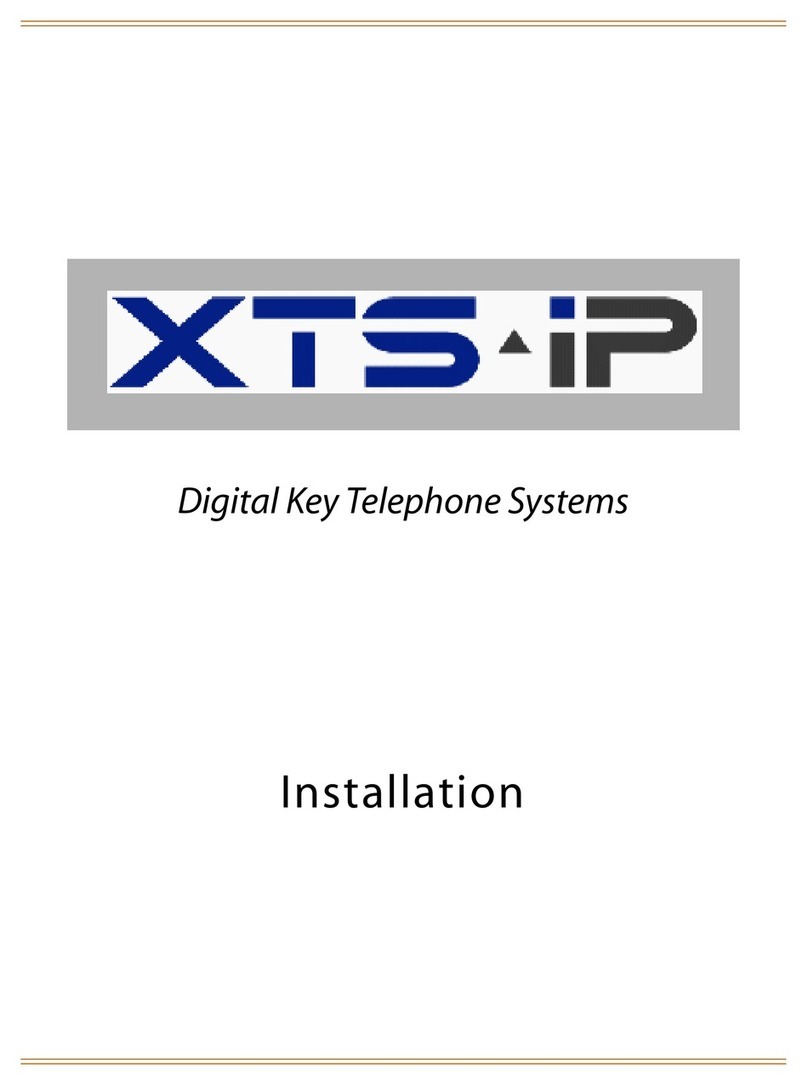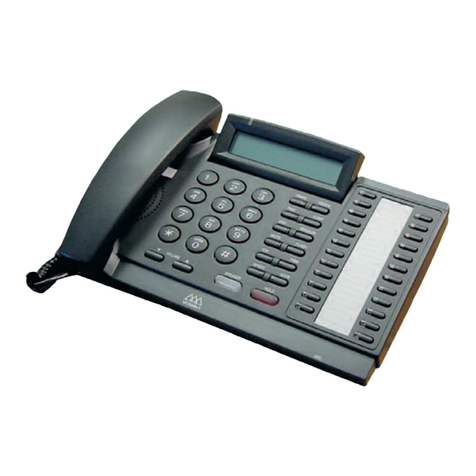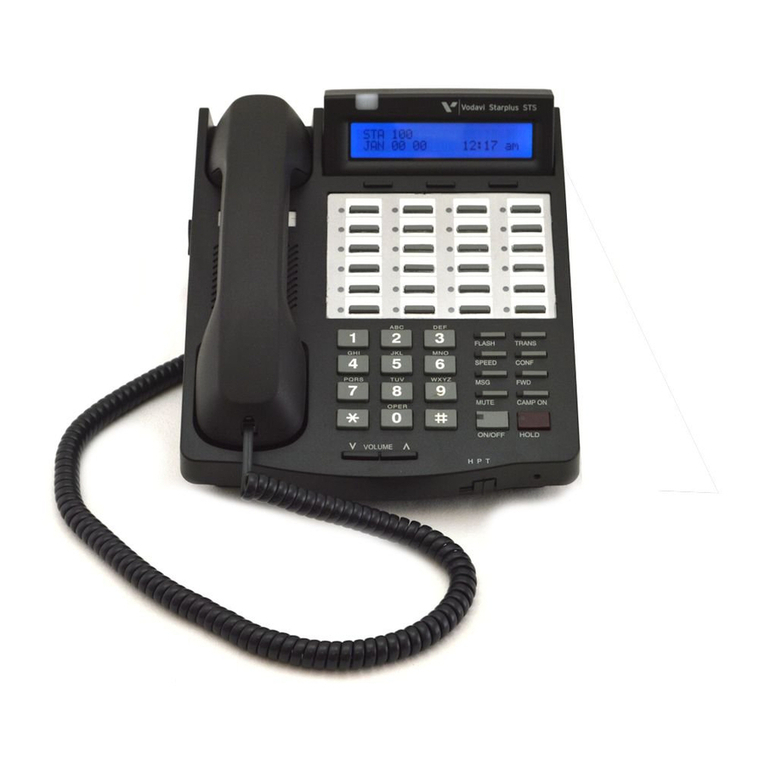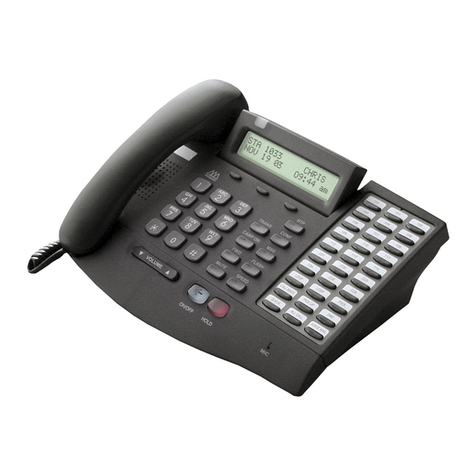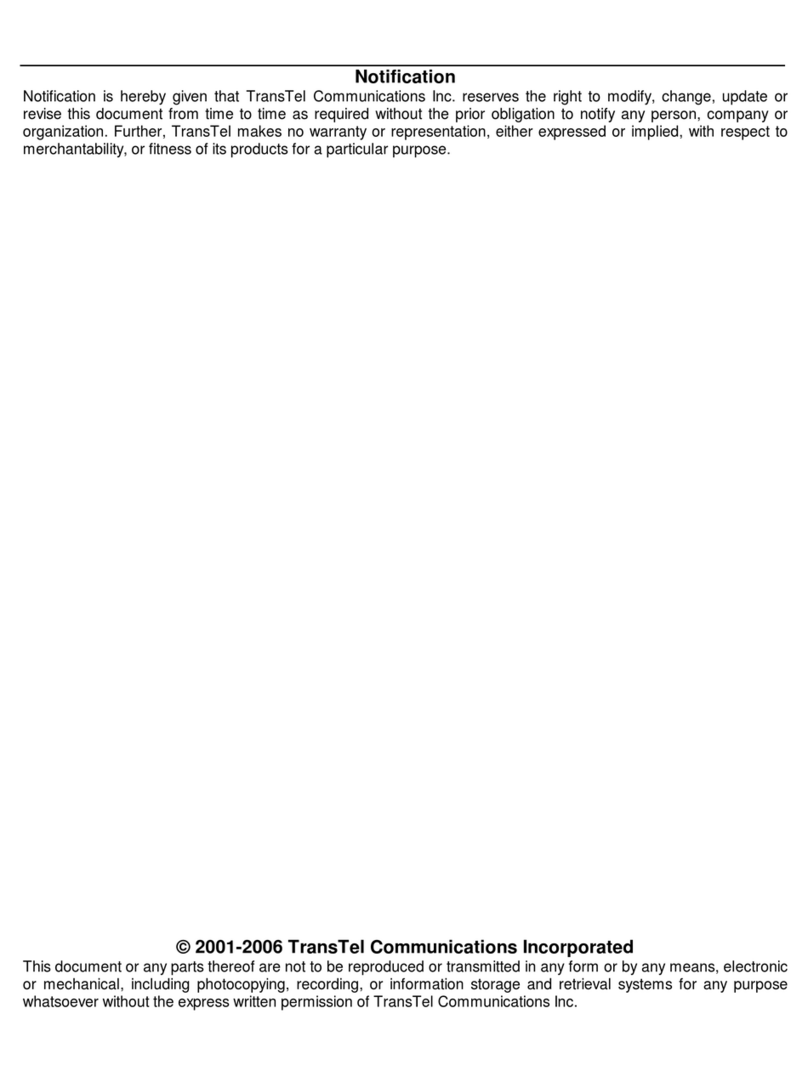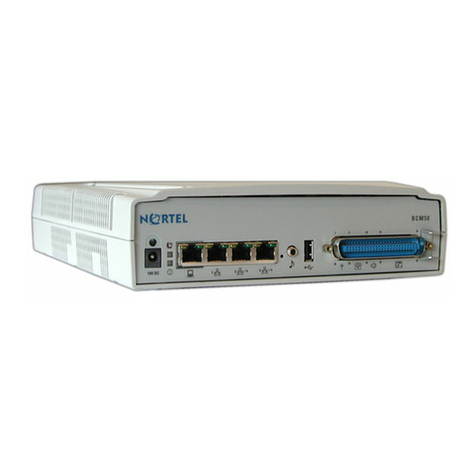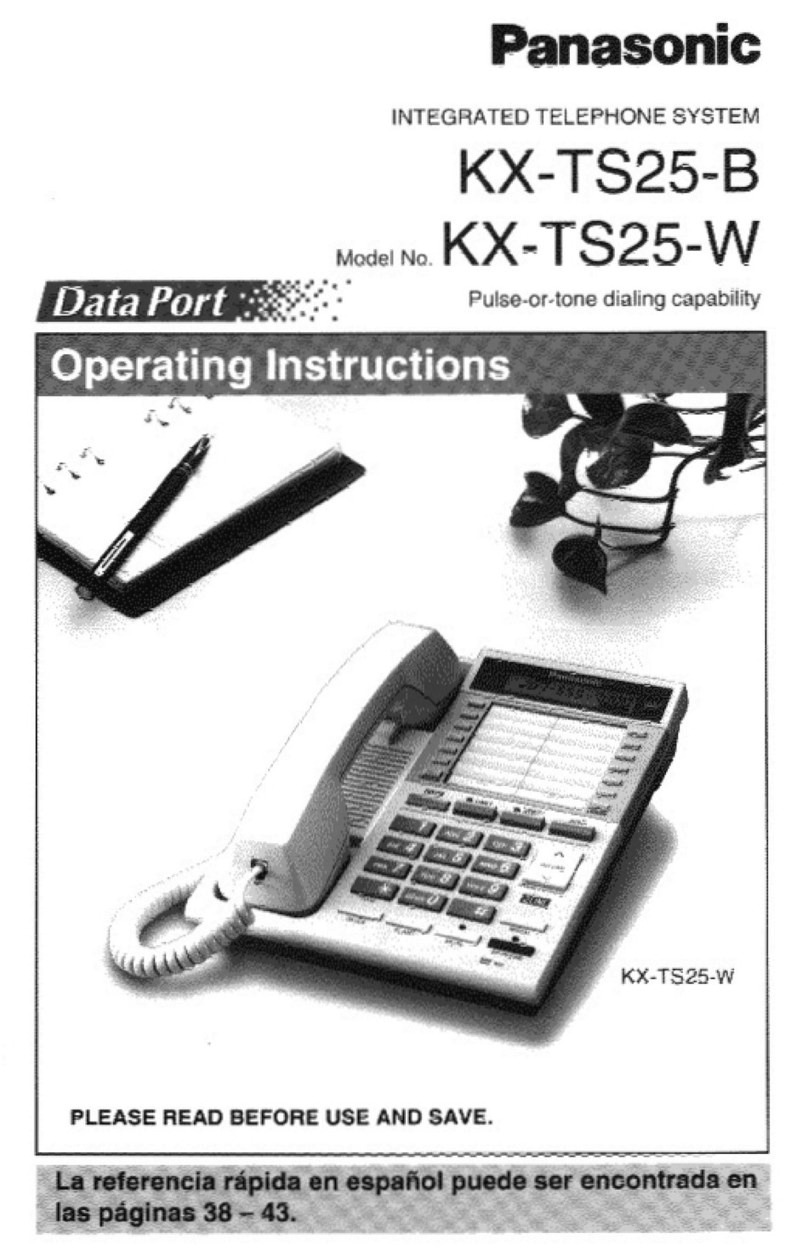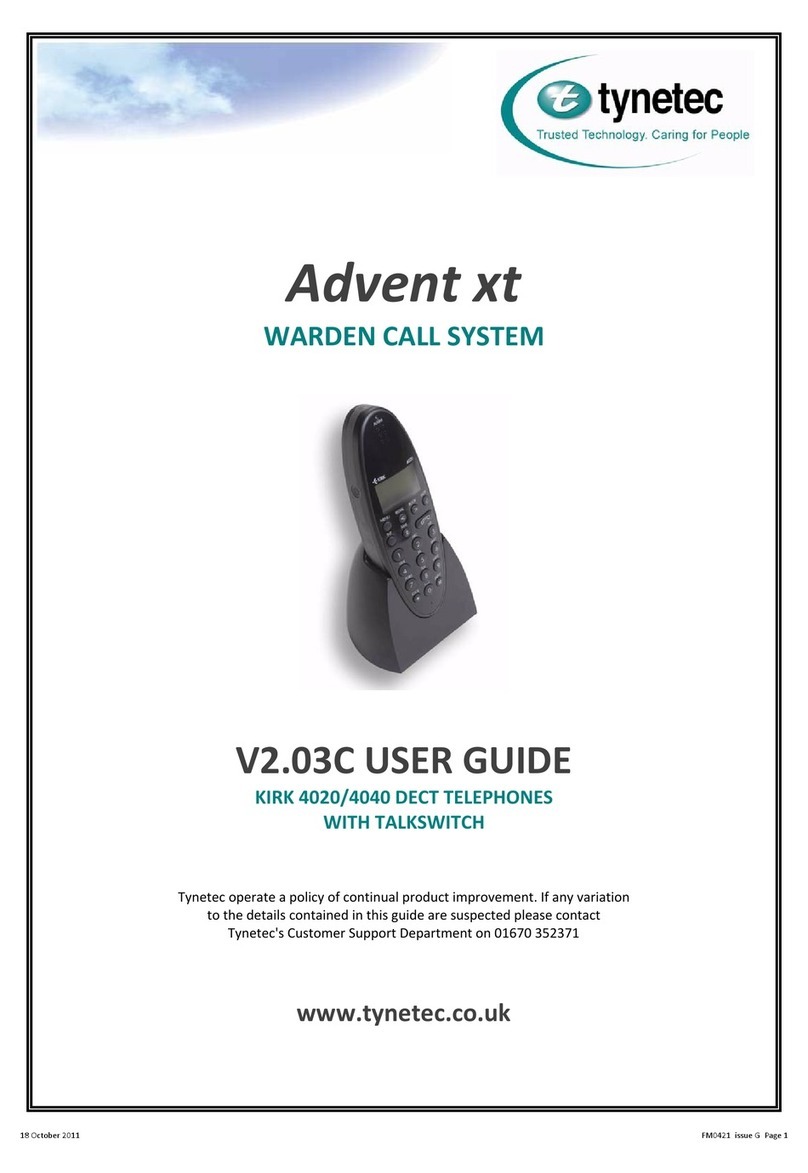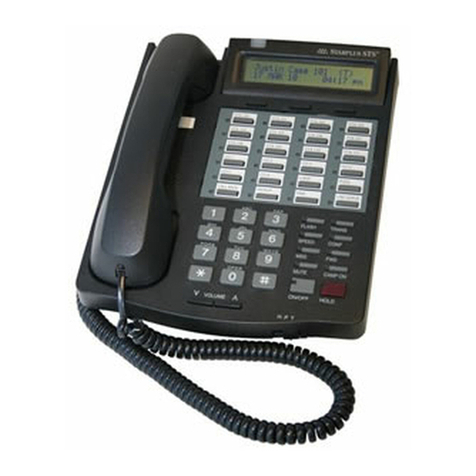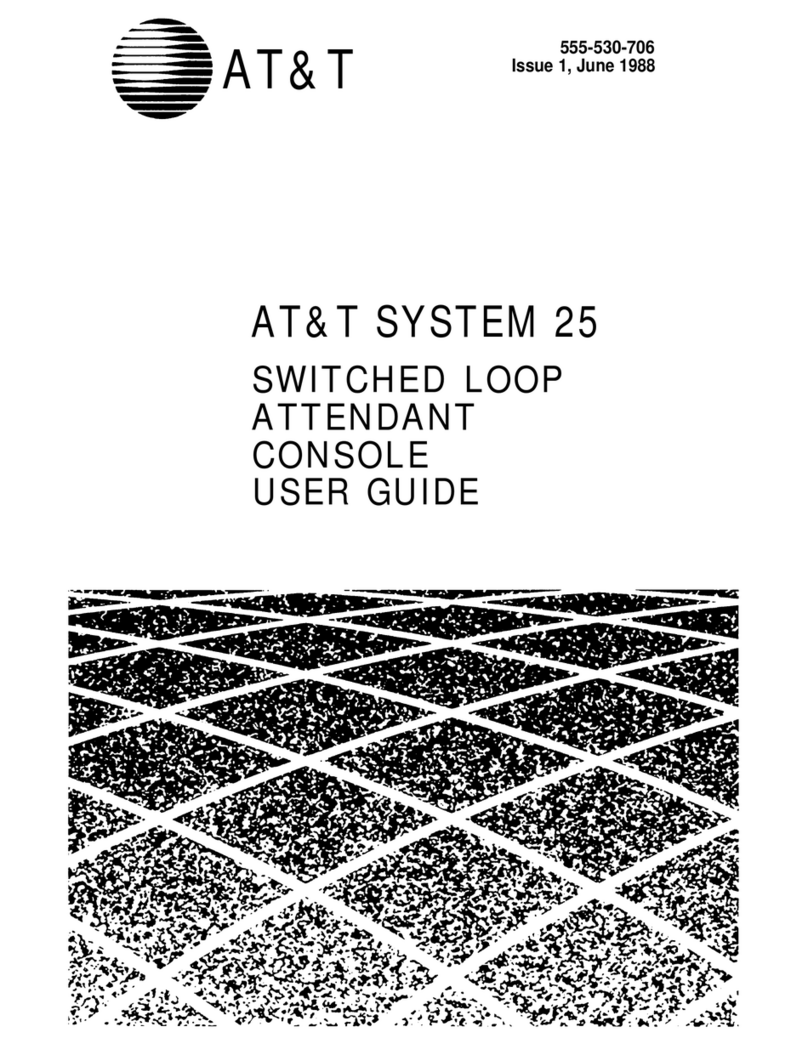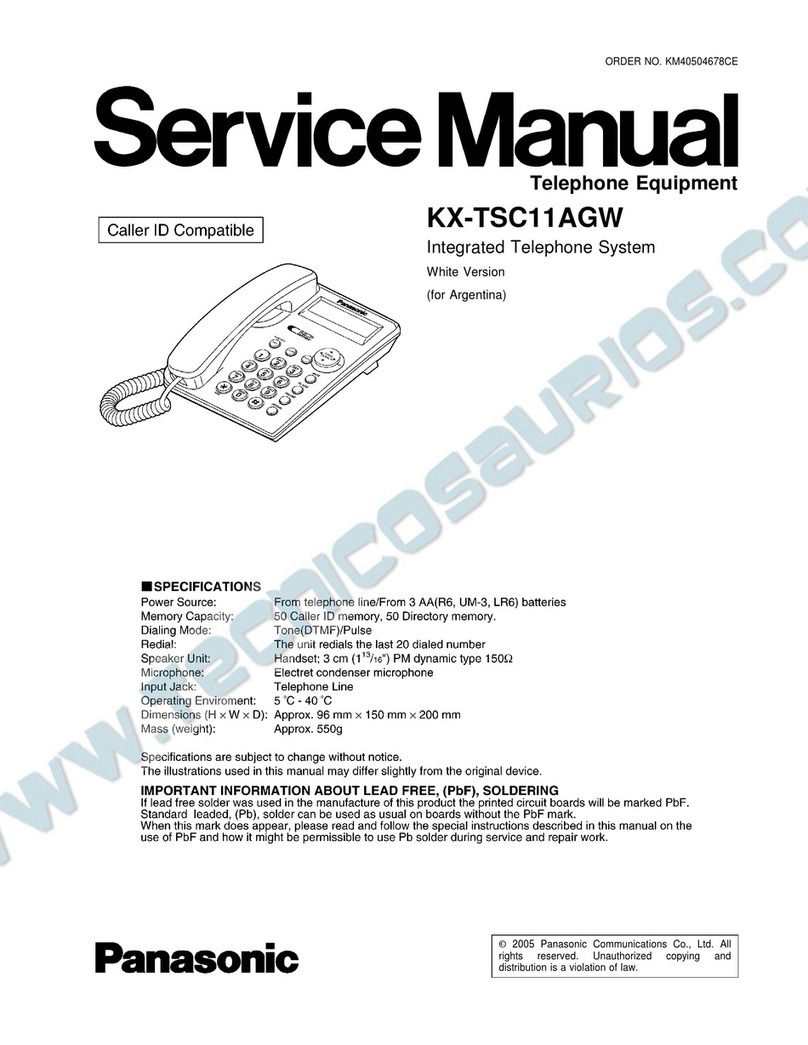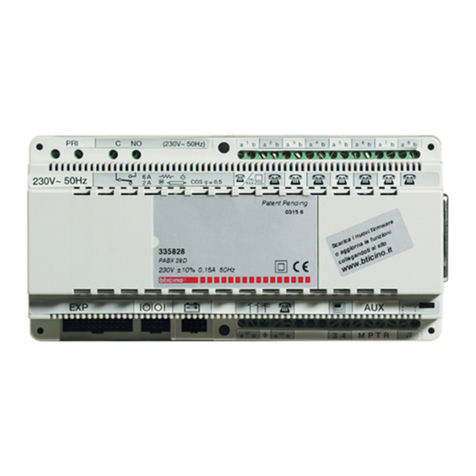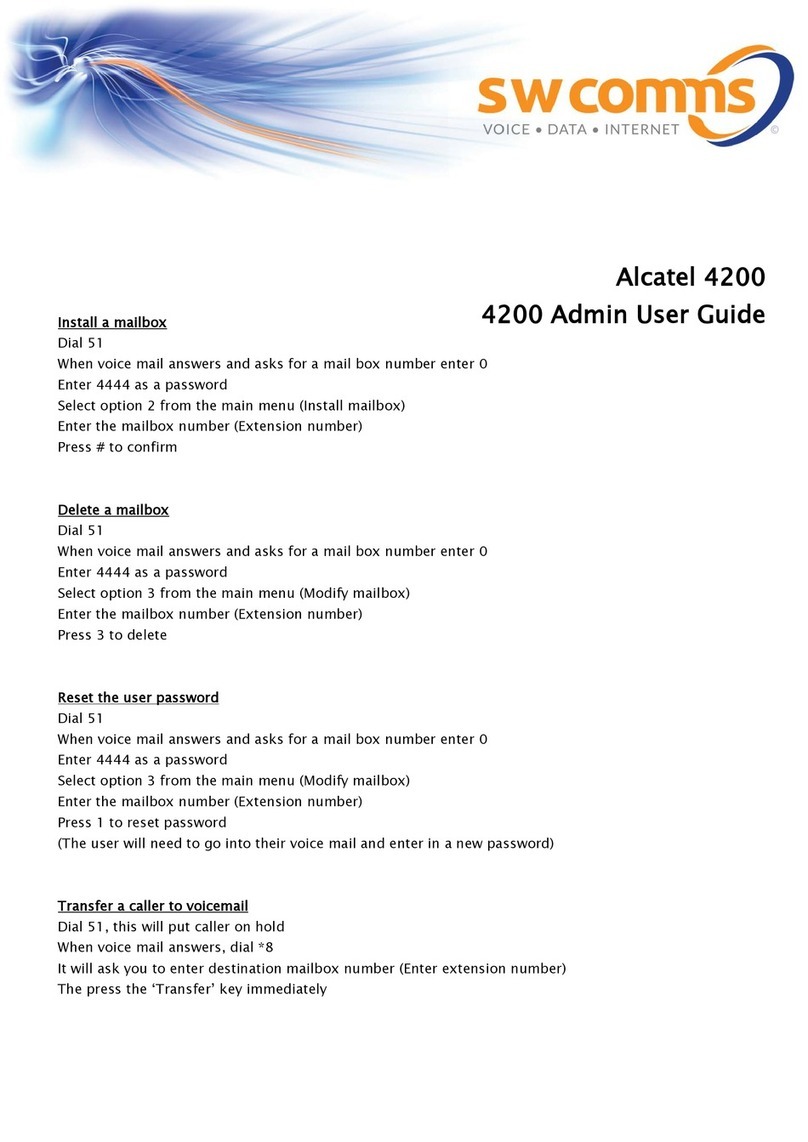
The following are the network and wiring requirements for successful TeleniumIP installation. For environmental and
electrical requirements, please consult the TeleniumIP Installation Manual.
1. Inside wiring:
a) A minimum of Category 5 wiring. Although the TeleniumIP does have SLT gateway modules for supporting SLT
phones where a CAT5 connection is not possible, an RJ45 jack must be available for each digital IP phone used.
b) One Ethernet (RJ-45 type) jack at each station location. If only one jack per desktop exists, PCs and phones can
share the Ethernet jack and wiring by using the Vodavi 2-Port IP Phones.
Based on the above requirements, a 10/100Mbps network built to support PCs meets the minimum requirements for
installing TeleniumIP systems, provided it uses at least CAT5 wiring. New wiring will be needed for locations not meeting
these requirements.
A Note on Fiber: Ethernet/Gigabit Ethernet Fiber Optic, if used, can carry the IP traffic of the TeleniumIP system.
However, all of TeleniumIP’s network interfaces are Ethernet (RJ45).Therefore, fiber-to-Ethernet converters will need
to be used in order for TeleniumIP’s modules or phones to communicate over fiber links.
2. Existing Ethernet devices, if used:
a) Ethernet switches will provide better performance than hubs. A dedicated switch which is separate from the data
traffic can provide still better performance.This can be accomplished by patching the desktop LAN ports directly
into the SHUB8, the Ethernet switch component of TeleniumIP.
b) A direct connection to the TeleniumIP’s SHUB8 module is a requirement to power the IP phones via the
LAN cable. In cases where existing LAN infrastructure uses other LAN switches, the SHUB8 modules can
be distributed wherever needed to provide this direct connection.
3.Wide Area Networking:
If using IP Telephony to connect the TeleniumIP system to another phone system or gateway, this is what is needed
at each site:
Sites linked via point-to-point IP WAN:
a) An Ethernet or Fast Ethernet connection to the data network, via a LAN switch or hub (preferably a switch).
b) One available I P address to assign the TeleniumIP system, which is valid on the local network.The TeleniumIP will
be configured to use the same router IP address [default gateway] and subnet mask as the local network.
c) Any type of IP WAN circuit capable of providing sufficient bandwidth for the anticipated IP phone calls plus any
data traffic that may also be using the connection.
TeleniumIP Site Requirements
© 2003 Vodavi Communications Systems, Inc.

